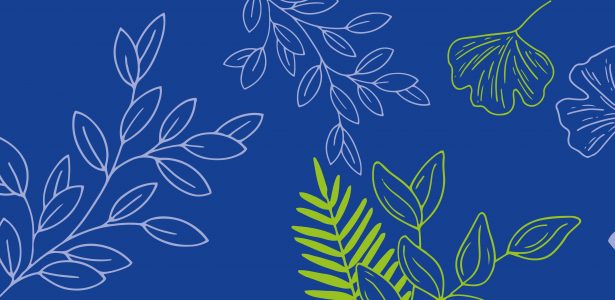In six chapters, two virtual field trips, 11 reading sections, and 13 lecture units, the team of the ALPTREES project gave you the opportunity to deepen your knowledge about non-native tree species in the Alpine Space. Not all aspects of dendrology, NNT management, invasiveness, climate change adaptation & mitigation, citizen science, urban green space planning, or tree health will now be clear. Some topics will even raise new questions and encourage you to seek more information or even to contact the experts of the ALPTREES team directly. Nevertheless, with this online course on non-native trees, we tended to raise your awareness to the understanding of the responsible use of non-native trees for climate change adaptation of European forests and urban areas requires cross-sectoral and transnational cooperation to secure the biodiversity, ecosystem services, and cultural resources of native forests against the risks of NNT. Above all, we hope to have shared the fascination for trees in the Alpine Space with you!
Finally, we invite you to conclude the online course on NNT with a final exam, which serves to consolidate the new level of knowledge and consists of 25 questions. If you successfully complete the final exam, you will receive an ALPTREES Certificate at the end.
Thank you very much for participating in the online training course on the sustainable use and management of non-native trees in the Alpine Space!


